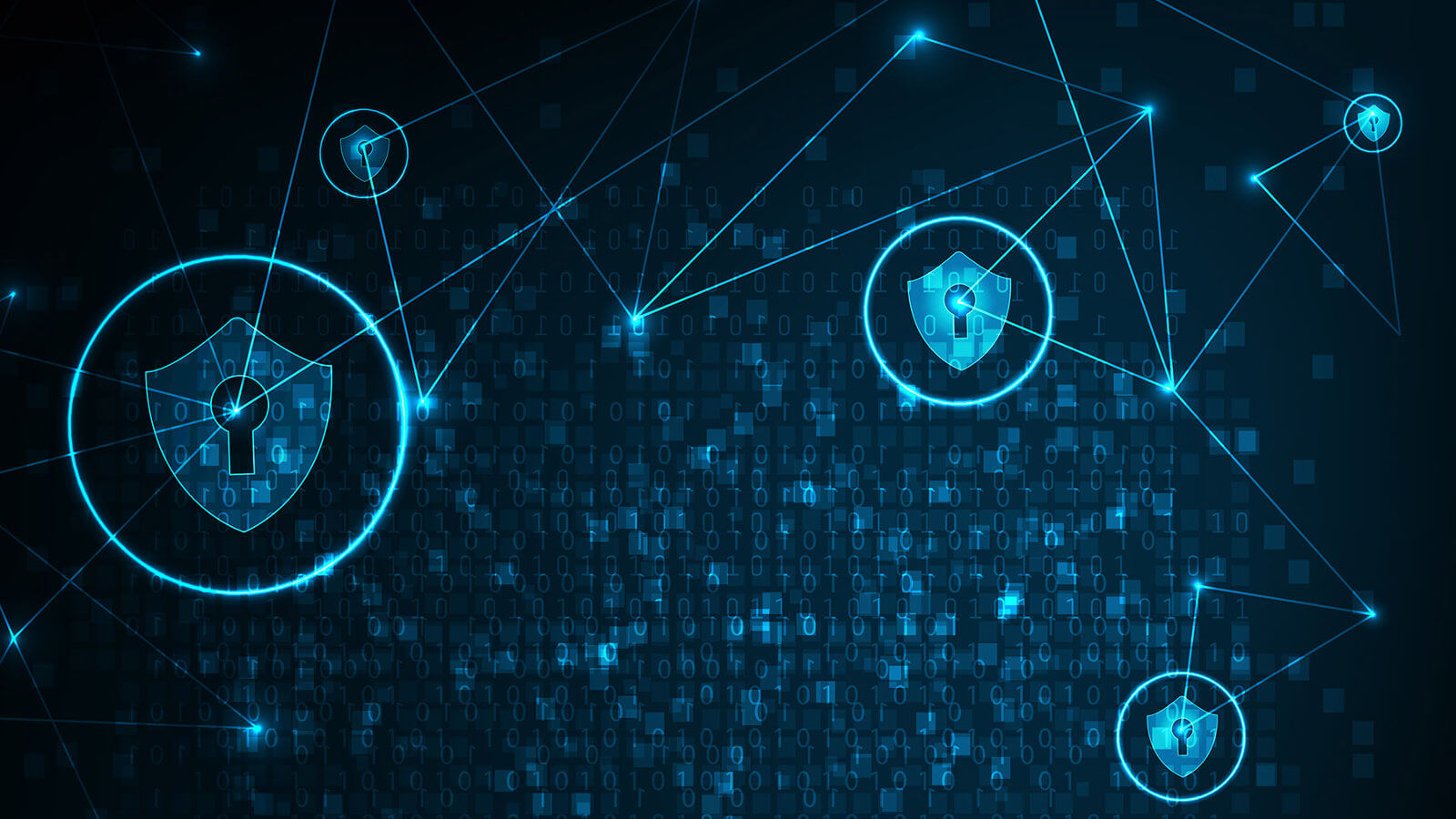Essential Systems and Cybersecurity: Safeguarding What is Important
Essential Systems and Cybersecurity: Safeguarding What is Important
Blog Article

In a ever more interconnected environment, the significance of essential infrastructure is paramount. From power networks and transportation systems, the backbone of modern society is based on sophisticated structures which combine technology in ways which enhance productivity and comfort. Nevertheless, this combination also poses a serious vulnerability. As we become more reliant on such online systems, its necessity of cybersecurity to safeguard such critical assets increases ever more significant.
Digital threats evolve at an unprecedented pace, attacking both businesses but also critical services that underpin our daily lives. Any cyber intrusion on vital infrastructure can result in widespread disruption, threaten public safety, and undermine economic stability. As a result, enhancing cybersecurity measures is paramount to safeguarding our most important assets. By understanding the risks and implementing robust strategies, we can aim for a safer digital landscape which defends both individuals and societies.
Grasping Key Infrastructure
Critical infrastructure describes the networks and resources that are necessary for the operation of a society and financial structure. This includes fields such as power, hydrology, transit, communications, and healthcare. These components are critical for the day-to-day activities of a society, and their interruption could result in major consequences for public safety and economic stability. Comprehending the importance of these infrastructures is essential for developing effective cybersecurity strategies.
The need on technology in operating critical infrastructure has grown dramatically over the decades. Many of these networks are interconnected and rely on information technology for monitoring, control, and data exchange. This dependence creates risks that cyber attackers may exploit. For example, a cyber incident impacting the electricity network could potentially cause widespread power failures, impacting residences, businesses, and essential services.
Given the stakes, protecting essential frameworks from cyber threats is a paramount issue for state bodies and organizations alike. It demands a joint strategy involving public-private partnerships, communication, and the establishment of comprehensive protection strategies. By prioritizing information security in these critical fields, we can more effectively defend the community against the escalating threats presented by hackers.
Digital Threats and Weaknesses
As the dependence on electronic infrastructure continues to increase, so does the landscape of digital threats. Malicious actors exploit weak points in networks, often attacking essential infrastructure sectors like power, financial services, and health services. The advanced tactics employed by these attackers include social engineering, ransomware, and massively redundant service attacks operations. Each of these threats presents distinct issues, and the consequences can be severe, ranging from monetary loss to threatening community security.
See More
In furthermore to outside threats, gaps can also arise from within sources such as misjudgments and obsolete applications. Employee-related dangers pose a considerable hazard, often arising from workers who may inadvertently engage in damaging activities. Additionally, many businesses operate on antiquated systems that lack the necessary updates and safeguards, making them prime targets for exploitation. This collective presence of outer and inner vulnerabilities creates a complex network of risks that companies must manage.
Mitigating these risks requires a comprehensive approach to cybersecurity. Routine security evaluations, workforce development, and the adoption of state-of-the-art security measures can help fortify protections. Firms must prioritize incident response planning, guaranteeing they are prepared to act promptly in the event of a breach. By confronting both the external threats and internal vulnerabilities, organizations can significantly enhance their capability to respond against digital assaults.
Top Approaches for Cybersecurity
Establishing strong passwords is one of the most effective ways to improve cybersecurity. Users should generate secure passwords that feature a blend of upper and lower case characters, numbers, and special characters. Additionally, using distinct passwords for different accounts is vital to mitigate the threats associated with a possible data breach. To ease the burden of remembering multiple passwords, utilizing a secure password manager can help securely store and manage them.
Consistently updating software and systems is a further crucial practice in maintaining cybersecurity. Software developers frequently release updates to address vulnerabilities and enhance security features. Organizations should establish a timeline for monitoring for updates and confirm that all devices, applications, and systems are updated. This habit significantly minimizes the likelihood of cyber attacks that exploit outdated software.
In conclusion, educating employees about cybersecurity risks and safe behaviors can foster a culture of security within an organization. Conducting regular training sessions can assist staff recognize phishing attempts, social engineering tactics, and other typical threats. When employees comprehend the importance of cybersecurity and their role in maintaining it, they serve as the first line of defense against potential cyber threats.
Report this page